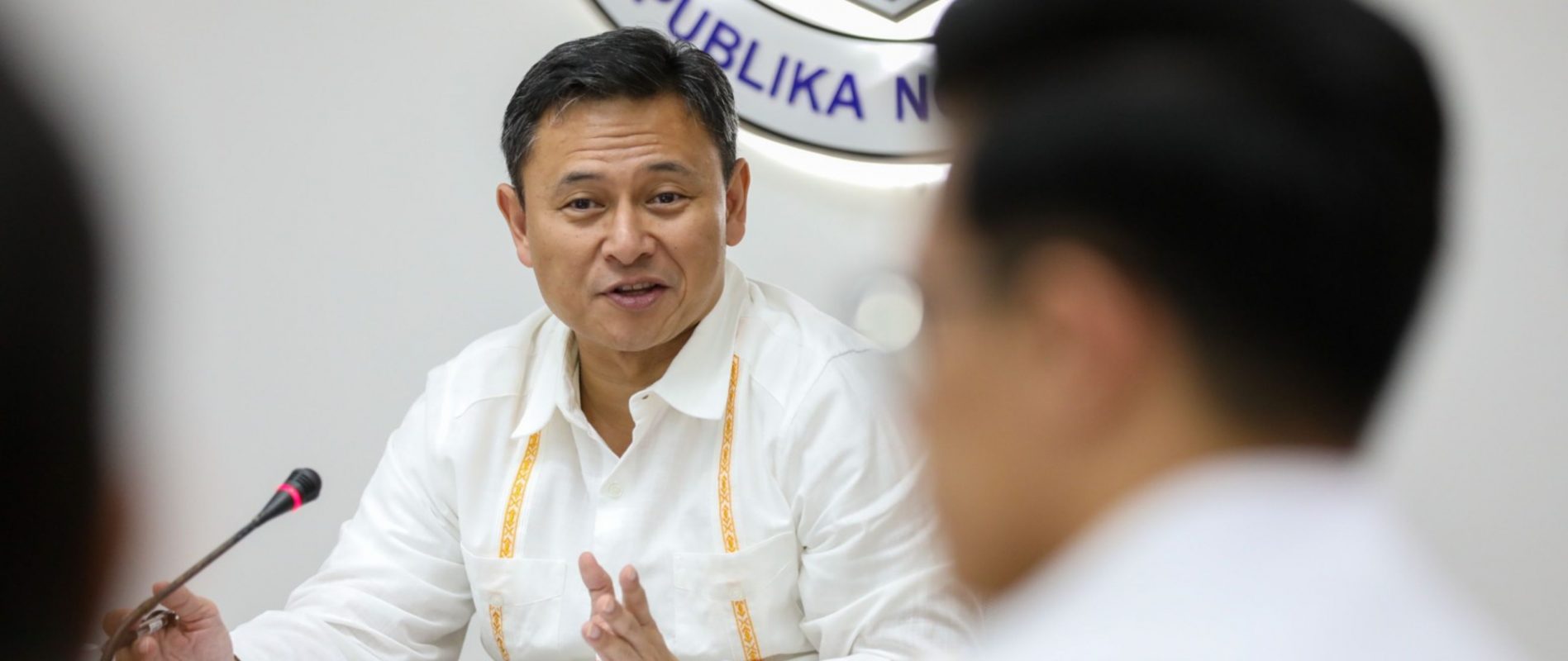CONDUIT TO A BETTER FUTURE
As the world gears towards a more industrial approach to the various facets of life, the inherent need of communities for practical energy has rapidly intensified through recent years.
Perhaps the most common definition of energy in our lives is that of its textbook denotation that usually goes as “the ability to do work.” However, the meaning of energy transcends such a succinct phrase and even goes about revolving and pervading into our daily lives. Energy is perceived through different occasions—be it ordinary or special of some sort. As we prepare a scrumptious breakfast to commence our mornings, we use energy, in the form of heat, to fry our perfect sunny-side-up eggs and boil our sweet potatoes. As we head out towards the busy streets of our communal homes, we often encounter the warm energy of the sun that is emitted through a combination of light and heat. As we carry out our run-of-the-mill responsibilities, we utilize several common-day devices that use energy in the form of electricity. As we go about taking our usual strolls by the afternoon, we employ the chemical energy that we have congregated in our bodies by eating our food. Even as we simply perform the act of jumping, we experience a natural form of energy that naturally pulls down our weight—gravitational energy. In essence, energy is all around us. And as it is innately present everywhere, it is of elevated importance to each and every nation.
Through the years, the Association of Southeast Asian Nation (ASEAN) have collectively prospered because of the collaborative materialization of its mission/vision goals. In order to address the threats of climate change and various energy-driven dilemmas, the association has pivoted its paradigms with regard to energy harvesting. According to the ASEAN Post, the association aims to secure 23% of its principal energy through the use of renewable sources by 2025 in order to address the region’s swelling demand for energy. Primarily, the exigency for energy is propelled by the proliferation of new technological advancements. An increase in the usage of various devices translates to a higher demand for energy. Today, most of the world’s energy comes from burning coal and utilizing natural gases. However, these approaches are deemed as dangerous due to the fact that they defeat the purpose of advocating for a sustainable future. These methods are hazardous for the environment due to the exalted carbon emissions they produce and contribute to global warming. Furthermore, coal and natural gases are persistently diminishing and are expected to vanish by a few decades. Thus, the use of “unrenewable” sources of energy backpedals the ASEAN’s goal for a green future. Contrariwise, what exactly are renewable sources of energy, and how can they contribute to the sustainable development of countries?
Renewable sources of energy are those that are naturally occurring, “renewable” in the sense that they can be replenished, and are innately harmless to nature that are harvested by the use of contemporary technology. These include but are not limited to, solar energy, which are reaped from sunlight through solar panels; wind energy, which are garnered by the use of wind turbines; geothermal energy, which are harvested by extracting the Earth’s natural heat; and, hydroelectric energy, which exploits the potential energy of stored water. These systematic approaches are all caused by natural phenomena that are intertwined with the employment of new technological advancements.
Erstwhile, the exploitation of such renewable sources were only done on the macro-scaled level, meaning, the ASEAN governments were only able to harvest energy through large-scale projects. However, with the dawn of scientific advancements, the ASEAN people already have access to gathering energy from such sources in the micro-scale level, that is, in small communities or even individual homes. Local societies can now strategically collect energy with respect to their geographical locations. For instance, communities near waterfalls could devise a procedure for hydroelectric energy harvesting while villages near the earth’s hotspots could administer the utilization of geothermal energy.
In this light, the energy transition has never been more timely and ideal for manifestation. Now that ordinary citizens, organizations, and corporative units have eminent access to such technology, the masses, and their respective governments, and ultimately a nation in the ASEAN itself, can now archetypally swivel to more energy-appropriate standards of living.
Needless to say, the transition to a sustainable future is not a tranquil path. As the ASEAN advances its modernizing capacities, the true answer concerning such a practical and effective road is through the participation of a country’s people, its government, and the ASEAN as a whole. In other words, we must do our part and wage a role in this flight to the crest of a better future.
As an example, my role in the energy transition is exemplified by my contribution to the scientific field. As an aspiring, young scientist in the Philippines, I was privileged to have been given a research grant by my country’s Young Innovator’s Program. My peers and I have been researching our project entitled Project Superhemp, which revolves around the study of Manila hemp as a carbon material for supercapacitors’ efficiency as energy-storing devices.
Consequently, I believe that in advancing towards sustainable development, our roles, may it be individually paved or honed collaboratively, shall be of great significance. We do not need to be a person of status. Our simple day-to-day routines could serve as a defining factor to the ASEAN’s vision. Turning off the electric stove after we’ve cooked our meal could measure a great impact on energy saving. Ensuring that our lights are only sufficient and not excessive could save electricity for another day. Enforcing our homes and supporting propaganda that utilizes renewable energy sources, such as solar panels and wind turbines, could serve as a stepping stone for our community’s gradual route towards ASEAN’s energy transition and sustainable development advancement.
In the conduit to a better future, discovering and partaking in our roles personifies the key towards the betterment of the ASEAN region.














